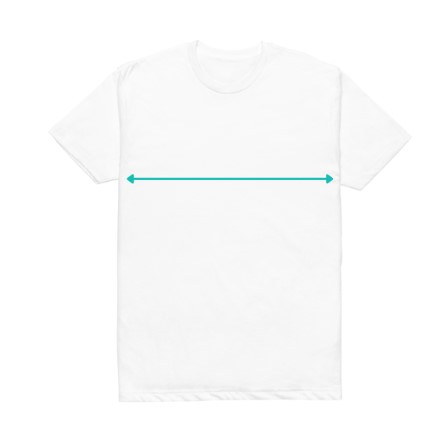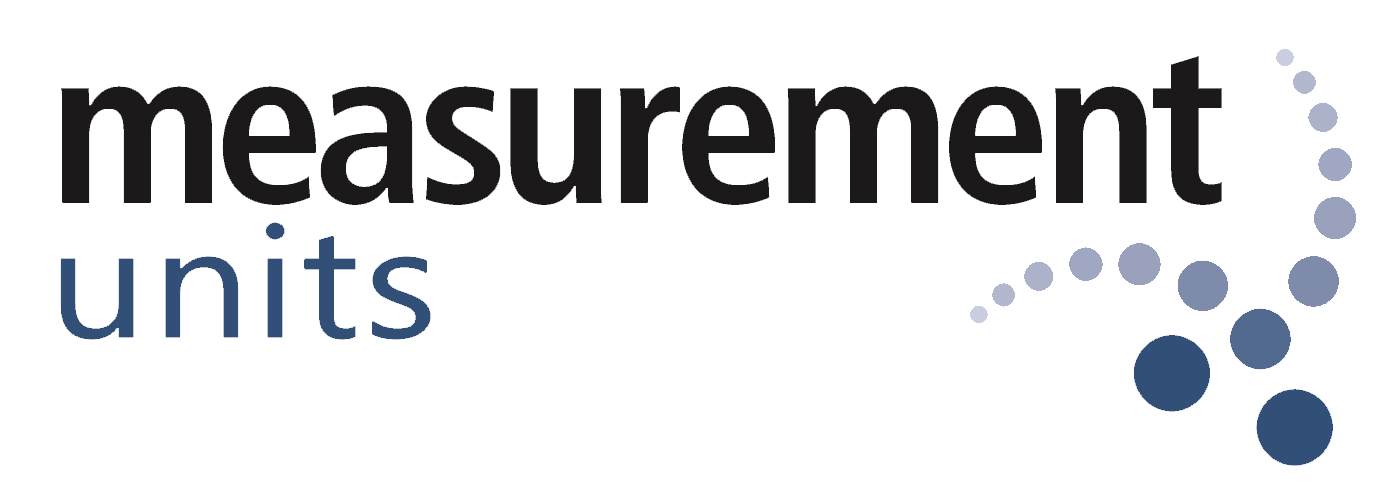A well-fitting shirt elevates your entire look. It exudes confidence, comfort, and a touch of sophistication. Conversely, a shirt that’s too big can appear baggy and unflattering, while one that’s too tight can restrict movement and feel suffocating.
Knowing your exact measurements is crucial when buying a shirt that fits perfectly. Whether you’re shopping online or in-store, an accurate understanding of your shirt size ensures a comfortable and flattering fit. In the UK, shirt sizes can differ slightly from those in other regions, making it important to measure yourself correctly and refer to UK-specific size charts.
This guide explores two main methods to determine your UK shirt size: measuring yourself and using a well-fitting shirt as a reference. With both methods, you’ll achieve a shirt that complements your body type and makes you feel your best.
Measuring Yourself for a Perfect Fit
Tools You’ll Need:
Before you start measuring, gather the following tools:
- Measuring Tape: A flexible, tailor’s measuring tape is ideal.
- Pen and Paper: To jot down your measurements.
- A Friend: Having someone help you can ensure more accurate measurements, especially for areas like the back and shoulders.
Preparing to Measure
For the most accurate measurements, follow these preparation tips:
- Dress Appropriately: Wear a close-fitting shirt or no shirt. Avoid bulky clothing that can add extra inches.
- Posture: Stand up straight but relaxed. Good posture ensures that your measurements reflect your true body dimensions.
- Measuring Tape Position: The tape should be snug but not too tight. It should lie flat against your skin without compressing it.
Step-by-Step Measuring Guide:
Now, let’s delve into the three crucial measurements that determine your UK shirt size:
1. Collar Size:
Finding a comfortable collar size is essential. Here’s how to measure it:
- Locate the base of your neck. This is the hollow area where your neck meets your shoulders.
- Wrap the tape measure comfortably around your neck. Breathe normally while doing this to ensure a good fit. Don’t pull the tape too tight – you should be able to comfortably slip a finger between the tape and your neck.
- Add ½ inch to the measurement you obtain. This extra allowance ensures a comfortable fit when you button the collar.

Image source: printful
Waist Size
2. To measure your waist size:
- Position the Tape: Wrap the tape around the narrowest part of your waist, typically just above the belly button.
- Relax: Stand normally without sucking in your stomach.
- Read the Measurement: Ensure the tape is level all the way around. Note the measurement in inches.

Image source: printful
3. Chest Size:
This measurement determines the overall fit of the shirt across your chest. Here’s how to take it accurately:
- Locate the fullest part of your chest, which is usually just below your armpits.
- Hold the tape measure level and wrap it around your torso, keeping it parallel to the ground.
- Ensure the tape measure fits snugly but comfortably around your chest. Avoid pulling it too tight.

Image source: printful
4. Sleeve Length (Optional):
While not essential for all shirt styles, sleeve length can significantly impact the overall look and feel. Here’s how to measure it (you can also use the alternative method explained in Section III):
- Stand with your arms relaxed by your sides.
- Locate the center back seam of your collar, just below the collar itself.
- Place the tape measure at this point and run it down your shoulder seam to the desired cuff position. A good rule of thumb is to measure down to where the sleeve cuff meets your wrist bone or slightly above it, depending on your preference.

Image source: printful
Converting Measurements to UK Shirt Sizes
Once you have your measurements, you can convert them to UK shirt sizes using size charts. Here’s a basic guide:
- Neck Size: UK shirts are often labeled by neck size. For example, a 15.5-inch neck size corresponds to a UK 15.5 shirt.
- Chest Size: Some brands also use chest measurements. For example, a 40-inch chest might correspond to a Medium or a size 15.5.
- Sleeve Length: Brands often provide sleeve length options. Match your measured sleeve length to the available options.
Here’s a simple conversion chart:
| Neck Size (inches) | Chest Size (inches) | UK Shirt Size |
|---|---|---|
| 14-14.5 | 36-38 | Small |
| 15-15.5 | 39-41 | Medium |
| 16-16.5 | 42-44 | Large |
| 17-17.5 | 45-47 | X-Large |
| 18-18.5 | 48-50 | XX-Large |
Common Fit Types and Their Measurements
Understanding different fit types can help you choose a shirt that best suits your body type and style preference.
Slim Fit
- Characteristics: Tapered waist, closer fit to the body, often with narrower sleeves.
- Measurements: Chest and waist measurements are typically closer together.
Regular Fit
- Characteristics: Traditional fit with roomier body and sleeves.
- Measurements: More space around the chest and waist for comfort.
Regular Fit
- Characteristics: Extra room in the body and sleeves for a relaxed fit.
- Measurements: Larger chest and waist measurements, ideal for a more casual look.
Special Considerations
When measuring for different types of shirts, consider the following:
- Tailored Shirts: Precision is key for tailored shirts. Measure carefully and consider additional measurements like shoulder width and back length.
- Off-the-Rack Shirts: These often have more standardized sizes, so refer to the brand’s size chart for best results.
- Different Body Types: If you have a broader chest or narrower waist, you might need to adjust your measurements accordingly. Brands often provide fit guides that can help.
Conclusion:
Accurate measurements are the key to finding a shirt that fits well and feels comfortable. By following this guide, you’ll be well-equipped to measure yourself correctly and choose the right size according to UK standards.
Remember to re-measure periodically to ensure your measurements are up-to-date, and refer to size charts specific to the brands you shop with. With these tips, you’ll always find the perfect fit.
Frequently Asked Questions (FAQs)
To know your shirt size, measure the key areas: neck, chest, waist, and sleeve length. Use a flexible measuring tape and refer to size charts specific to the brand you’re buying from. Compare your measurements to these charts to find your size.
A 42 shirt size typically refers to the chest measurement in inches. It means the shirt is designed to fit someone with a 42-inch chest circumference. This size is often classified as Large (L) in many UK brands.
To measure your shirt size yourself:
Neck: Wrap the tape around the base of your neck.
Chest: Measure around the fullest part of your chest, under the armpits.
Waist: Measure around the narrowest part of your waist, above the belly button.
Sleeve Length: Measure from the center of the back of your neck, over the shoulder, and down to your wrist.
The size “L” (Large) typically corresponds to a neck size of 16-16.5 inches, a chest size of 42-44 inches, and a sleeve length of about 34-35 inches. However, these measurements can vary slightly between brands. Always check the specific brand’s size chart for the most accurate fit.
